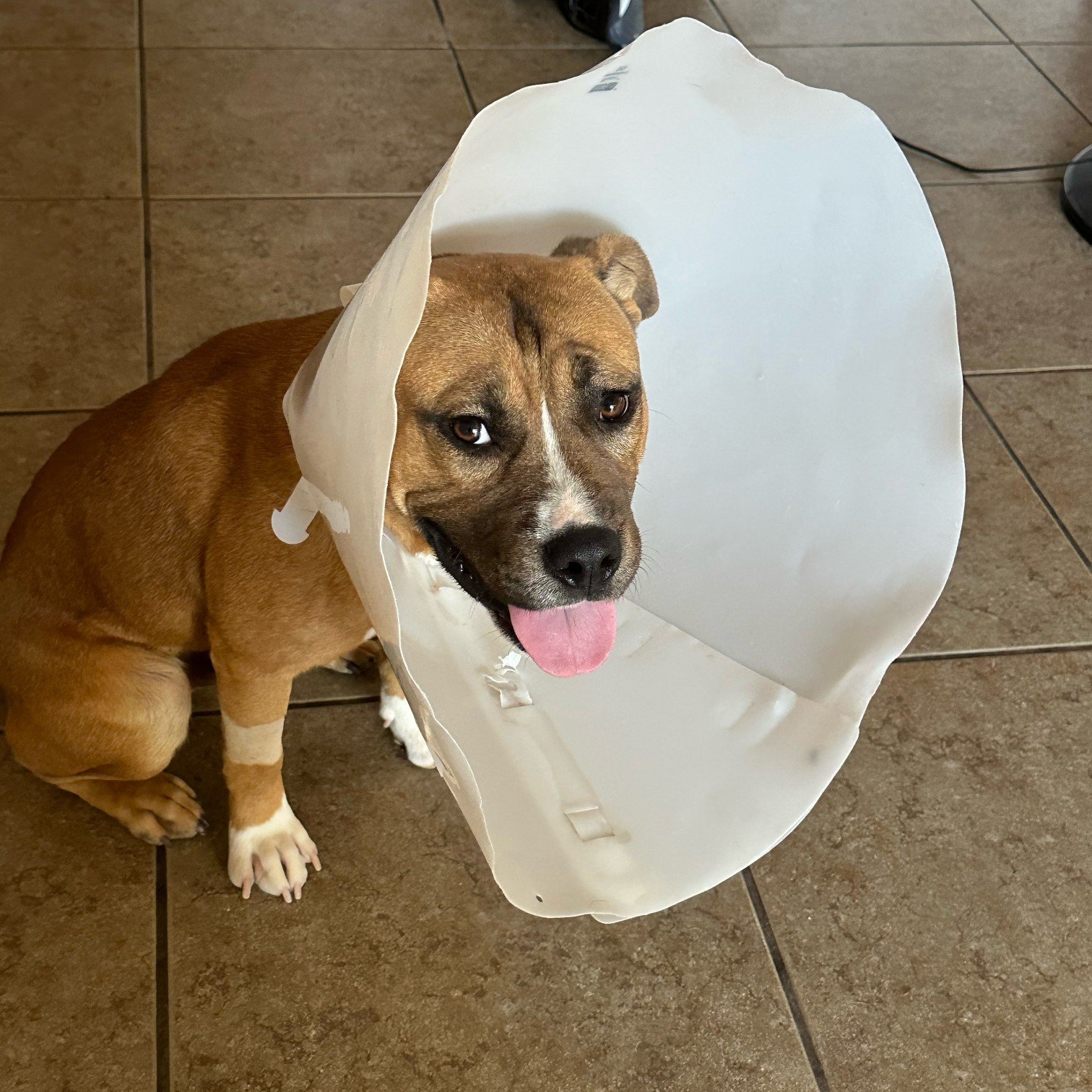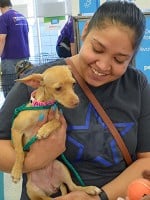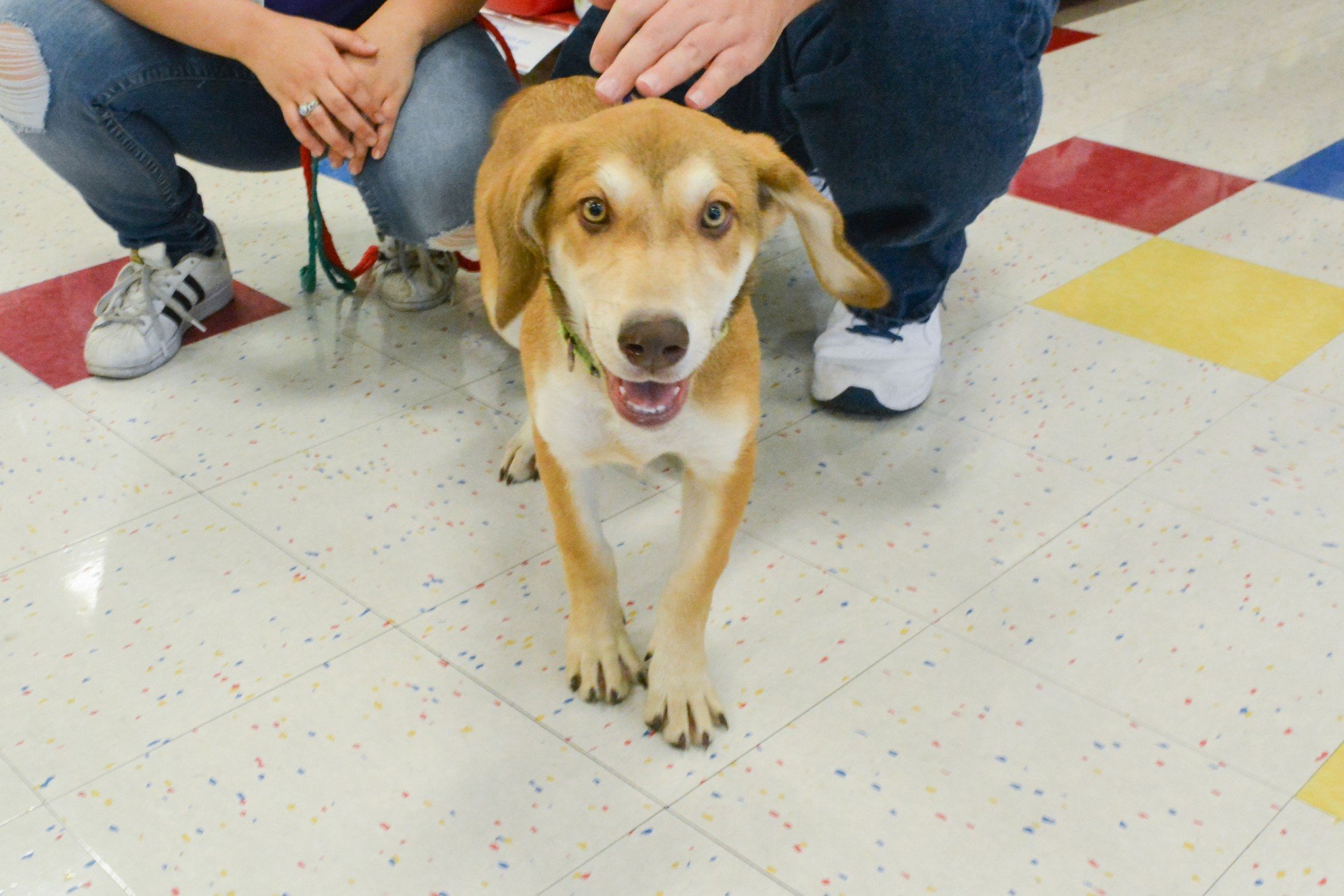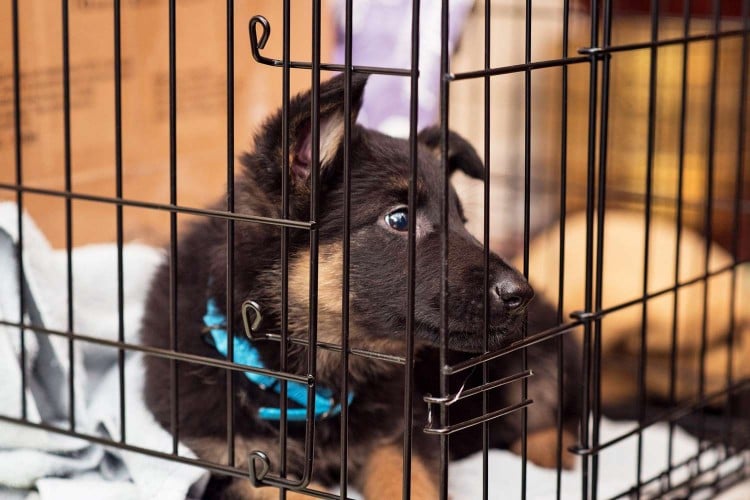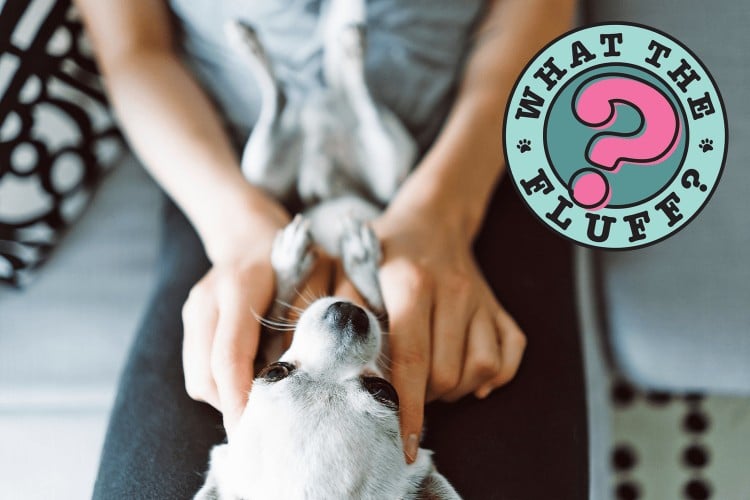
If your dog has an all-consuming focus on obtaining food or attention, you might be justified in calling them a navel gazer. But whether or not your dog is able to engage in some literal navel gazing is another matter altogether. Do dogs even have belly buttons?
It might seem like a silly question, but knowing what's normal on your pet's body can help you spot potential problems early. That's why we've asked Brandi Whittemore, DVM, of Hancock Veterinary Services in Pineville, Mo., to take us through the innies and outies of belly buttons on dogs.
Do Dogs Have Belly Buttons?
Yes, Virginia, there is a belly button on your dog! According to Whittemore, both dogs and cats have a belly button (or umbilicus, to be technical) for the same reason humans have one (as well as almost every other mammal). It's simply a scar from where your pet was once connected to their umbilical cord. During gestation, the umbilical cord, which is attached to the mother's placenta at the other end, serves as a conduit for delivering food and oxygen to the growing pup while also removing waste.
Once a puppy is born, there's no need for the proud papa pup to come and cut the umbilical cord. That's what mom's teeth are for. She chews her puppies free, and then the umbilical cord stump dries up and falls off within a few days, leaving a scar (i.e. belly button) behind.
Where to Find A Dog's Belly Button
Similar to humans, Whittemore says you can find your dog's belly button in the middle of their stomach—just past the rib cage and before the pelvis—but it may not be immediately recognizable. "It typically isn't round and doesn't appear as a hole," she explains. "Instead, it looks like a small, flat scar that's often sort of oval in shape."
If your dog is gifted in fur growth, their belly button may be especially difficult to spot. Using your hands, you can gently probe the area in search of a small section of firm skin (indicating scar tissue).
Can Dogs Have Outie Belly Buttons?
When it comes to innie and outie belly buttons, both options are "out" with regards to dogs. "I occasionally see some that are thicker and easier to feel and see, but I don't see true 'outie' belly buttons," Whittemore says.
However, there are times when tissue does stick out in this area, and such lumps and bumps can be a sign of a problem. In such cases, Whittemore tends to suspect one of three options:
Hernia
Hernias are the result of an internal organ or other body part pushing through a weak spot in the muscle wall or tissue that normally holds it in place. There are several types of hernias, but one type that is especially relevant to the belly button region is the umbilical hernia.
Umbilical hernias occur in puppies whose abdominal walls don't close all the way after they're born. Often, this doesn't cause any problems and the wall eventually closes on its own. However, in some cases, the opening is large enough that the puppy's intestines are able to slip in and out of the opening. This condition requires surgery to close the abdominal wall. If left untreated, the protruding intestines could get trapped or twisted, which is a life-threatening situation.
Abscess
Abscesses are collections of pus and are a common problem in dogs. They tend to appear as red, swollen lumps under the surface of your pet's skin that are warm and painful to the touch and can be accompanied by fever and lethargy. Abscesses are often caused by a break in the skin (e.g. scratch, bite wound). As the skin heals over the wound, bacteria can get trapped in a pocket that fills with pus as the dog's body attempts to fight the infection.
Whittemore notes that the belly button area is particularly susceptible to abscesses during the time between when the umbilical cord is detached and when the umbilicus is fully healed, as bacteria can enter through the remnants of the umbilical cord while it's still drying. Abscesses need the attention of a veterinary professional who can thoroughly drain and clean them. The veterinarian may also prescribe an antibiotic to fully rid the pup of infection.
Tumor
Tumors are abnormal growths of tissue and more common in older pets, Whittemore says. They can be benign (noncancerous), as is the case with lipomas, or they can be malignant (cancerous), like mast cell tumors. Diagnosing tumors typically involves a quick procedure called a fine needle aspirate in which the veterinarian uses a small needle to remove cells from the lump to inspect under a microscope. The course of treatment is dependent on the type of tumor and its severity.
Bottom line: Regardless of your dog's age, if you see something on your pet that looks like an outie belly button, don't ignore it. Set up an appointment with your veterinarian so they can take a look at it as soon as possible.
